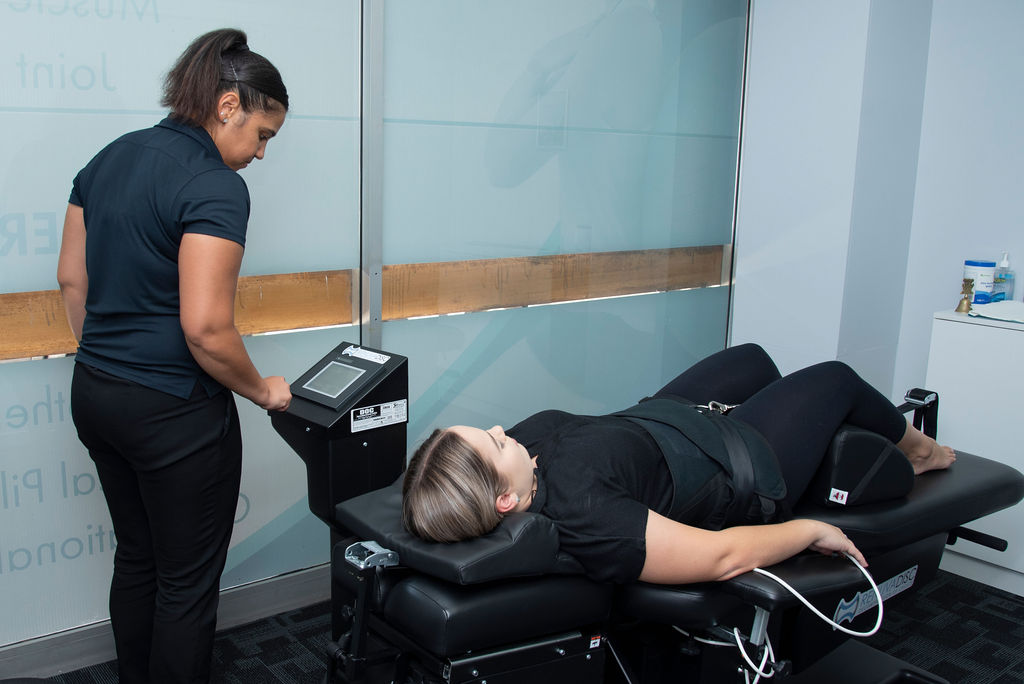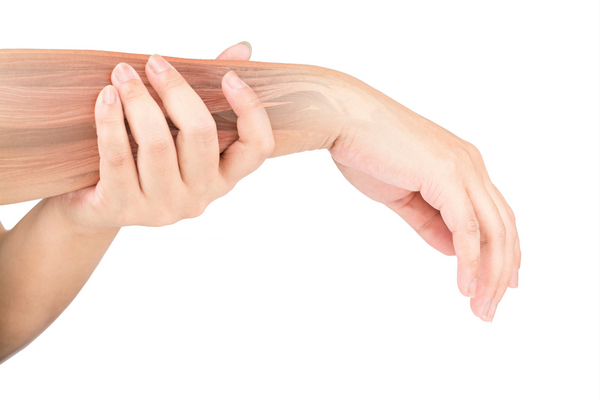

What is Wrist & Hand pain?
Wrist and hand pain refers to discomfort, soreness, or aching in the wrist and hand area. The pain can be caused by a variety of factors such as injury, overuse, or an underlying medical condition.

Common symptoms of Wrist & Hand Pain
The symptoms of wrist and hand pain can vary depending on the underlying cause, but some common symptoms include:
- Aching or discomfort in the wrist and hand
- Stiffness or limited range of motion in the wrist and hand
- Swelling or tenderness in the wrist and hand
- Weakness in the hand or fingers
- Numbness, tingling or burning sensation in the hand or fingers
- Pain that worsens with gripping or grasping objects
- Pain that radiates up the arm
- Redness or warmth in the affected area
- Visible deformities in the wrist and hand
- Symptoms may be worse in the morning, or after a prolonged period of inactivity, or at the end of the day.
It’s important to note that some of these symptoms may be caused by other conditions, such as carpal tunnel syndrome, tendinitis, or arthritis. A proper diagnosis by a medical professional is important to determine the underlying cause of the symptoms and to develop an appropriate treatment plan.
Causes of Wrist & Hand Pain
There are many possible causes of wrist and hand pain, some of the common causes include:
- Repetitive strain injuries (RSIs): These injuries occur due to repetitive motions such as typing, playing musical instruments, or using hand tools. Examples include carpal tunnel syndrome, tendinitis, and De Quervain’s tenosynovitis.
- Trauma or fractures: Wrist and hand pain can be caused by a direct injury to the area, such as a sprained wrist, broken bone or a dislocations.
- Arthritis: This is a group of conditions that cause inflammation and pain in the joints. Osteoarthritis and rheumatoid arthritis can affect the wrist and hand.
- Tumors: rare cases wrist and hand pain could be caused by a benign or malignant growth in the hand or wrist
- Nerve compression: Compression of the median, ulnar, or radial nerves as they pass through the wrist can cause pain, tingling, or numbness in the hand and wrist.
- Overuse: Overusing your hand and wrist can cause pain and inflammation, particularly if you engage in activities that put repetitive stress on the area
- Medical conditions: Various medical conditions such as diabetes, gout, lupus, and thyroid disorders can also cause wrist and hand pain.
- Infections: Bacterial or viral infections can also cause pain, redness, and swelling in the wrist and hand.
- Idiopathic: In some cases, the cause of wrist and hand pain is unknown, this is called idiopathic pain.
It’s important to note that wrist and hand pain can also be referred from other areas such as the neck, shoulder or elbow. It’s important to consult with healthcare professional for a proper diagnosis and treatment.
How is Wrist & Hand Pain assessed by a Physiotherapist?
A physiotherapist will typically use a combination of methods to assess wrist and hand pain, including:
- Medical history: The physiotherapist will ask about your symptoms, including when they started, what makes them worse or better, and any other relevant medical conditions.
- Physical examination: The physiotherapist will examine your wrist and hand, looking for signs of swelling, tenderness, or other physical abnormalities. They will also test the range of motion, strength and sensation of your wrist and hand.
- Special tests: The physiotherapist may perform special tests to help identify the cause of the pain and to rule out other conditions. For example, they may perform a carpal tunnel test or a Tinel’s sign test to diagnose carpal tunnel syndrome, or a Finkelstein test to diagnose De Quervain’s tenosynovitis.
- Imaging tests: In some cases, the physiotherapist may refer you for imaging tests such as X-rays, MRI or CT scan to help identify any underlying issues.
Based on the results of the assessment, the physiotherapist will develop an appropriate treatment plan. This may include a combination of modalities such as manual therapy, exercises, education, and in some cases, modalities such as ultrasound, TENS, or electrotherapy. The physiotherapist will also provide guidance on how to manage the pain, and how to prevent the condition from recurring, and will also work with other healthcare professionals to provide a comprehensive treatment plan.
Treatment for Wrist & Hand Pain
Treatment for wrist and hand pain will depend on the underlying cause of the pain, but some common approaches include:
- Physical therapy: A physiotherapist may use techniques such as manual therapy, exercises and stretches to help reduce pain and inflammation, and improve range of motion and strength in the wrist and hand.
- Medications: Over-the-counter pain relievers such as ibuprofen or acetaminophen can help alleviate pain. In some cases, a healthcare provider may prescribe stronger pain medication or a corticosteroid injection.
- Splinting or bracing: A physiotherapist or an occupational therapist may recommend using a splint or brace to immobilize the wrist and hand, which can help reduce pain and inflammation.
- Surgery: In some cases, surgery may be needed to correct a structural problem that is causing wrist and hand pain. This may include procedures to relieve pressure on nerves, repair tendons or ligaments, or remove bone spurs.
- Ergonomic modifications: Depending on the cause of the pain, the physiotherapist may recommend making changes to your workstation or the tools you use to reduce the stress on your hand and wrist.
- Modalities: Depending on the diagnosis and the stage of the condition, the physiotherapist may use modalities such as ultrasound, TENS, or electrotherapy to reduce pain, inflammation and accelerate healing.
It’s important to follow the physiotherapist’s instructions and plan, as well as to be consistent with the exercises and self-care strategies provided. It is also important to address and modify any contributing factors that may aggravate the condition to prevent recurrences.
Dangers if left untreated
If wrist and hand pain is left untreated, it can lead to a number of complications, including:
- Loss of function: Chronic pain in the wrist and hand can make it difficult to perform daily tasks, and can lead to a loss of strength and range of motion in the affected area.
- Chronic pain: Wrist and hand pain can become a chronic condition if left untreated, which can lead to ongoing discomfort and a reduced quality of life.
- Compensatory injuries: When wrist and hand pain is left untreated, it can cause a person to compensate with other parts of their body, leading to pain and injuries in other areas.
- Decreased work productivity: Chronic wrist and hand pain can make it difficult to perform job tasks, leading to decreased productivity at work.
- Social isolation: Wrist and hand pain can be a debilitating condition that can interfere with daily activities and make it difficult for a person to leave their home, leading to social isolation.
- Psychological distress: Chronic pain can lead to anxiety, depression, and a reduced quality of life.
If the wrist and hand pain is caused by an underlying condition, leaving it untreated can lead to further complications and progression of the disease. It is important to seek medical attention and undergo proper evaluation, treatment, and management to prevent these complications and to improve the quality of life.
Find your nearest clinic
With 18 clinics nationwide and many more on the way, there's bound to be one near you
Discover our locations